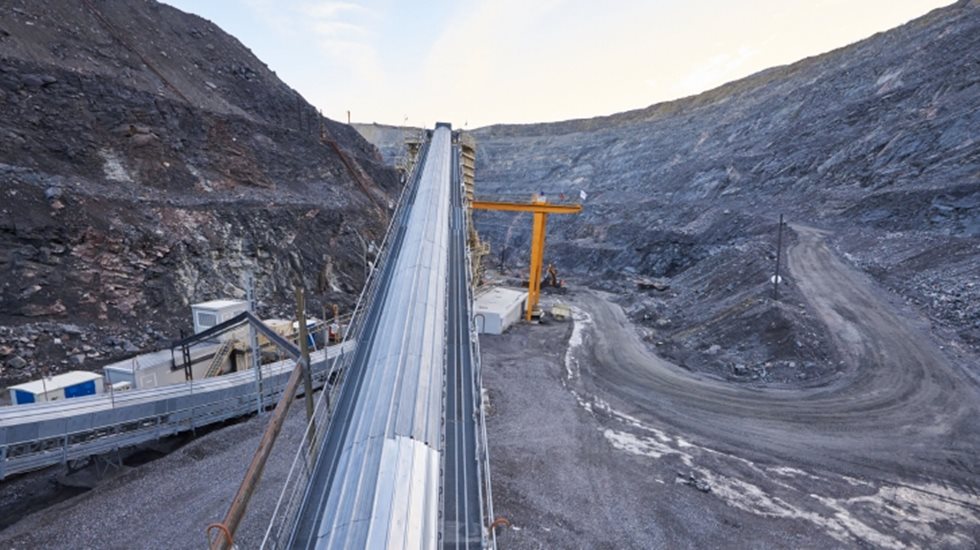Not only is there a benefit in terms of reduced energy consumption in the mills, but the cost to convey material out of the pit also goes down proportionally to the amount of material rejected. It’s simply a matter of looking at holistically.
The cost of load and haul in some operations is as much as 5-10% of operating costs, including diesel and tyres etc. If material can be crushed in the pit, conveyed to the plant, and in between if there can be some kind of waste rock rejection, then the potential for cost and energy savings are significant. Overland conveyors are much more energy efficient, safer and less environmentally damaging than a fleet of trucks.
However, there are still applications where mobile and semi-mobile packages are not practical or applicable at all. Underground operations for example, face space limitations for which current equipment are too large. These solutions are more applicable to open pit operations, but again, once a pit becomes too deep, space at the bottom becomes limited. This requires digging an underground shaft to convey the ore out of the pit without obstructing road access around the edges. This is why vertical conveyor systems are required. The mobile and semi-mobile packages also have another disadvantage in that trucks handle batches, which means they can be directed to different locations depending on the ore type. This can actually help with blending and also with discarding low-grade ore.
3MJ of energy with haul trucks vs 1MJ with conveyors
The energy required to lift a metric ton of ore up 100 meters will always be the same, about 1MJ, regardless of how it’s done. However, in the case of a haul truck, the mass of the haul truck required to lift the 1 metric ton of ore up 100 meters will be about 2 metric tons. So, at the very minimum, you will need 3MJ of energy to lift what nominally requires only 1MJ. If you look at a conveyor system, the conveyor belt is continuous so half of it is always going up while the other half is coming down. Consequently, there is no energy consumed by the belt. This shows us that a conveyor system is significantly more energy efficient by default.
On the other hand, conveyor systems tend to be less flexible than haul trucks, and in many cases there is a risk that if a conveyor stops, the whole operation stops. With a haul truck, if a truck breaks down, the other trucks are still running. Production is not at risk. We have a portfolio of modules and modular installations to reduce risk and provide high performance plants. Herein lies a real opportunity to significantly increase ore transportation in an energy efficient way.


